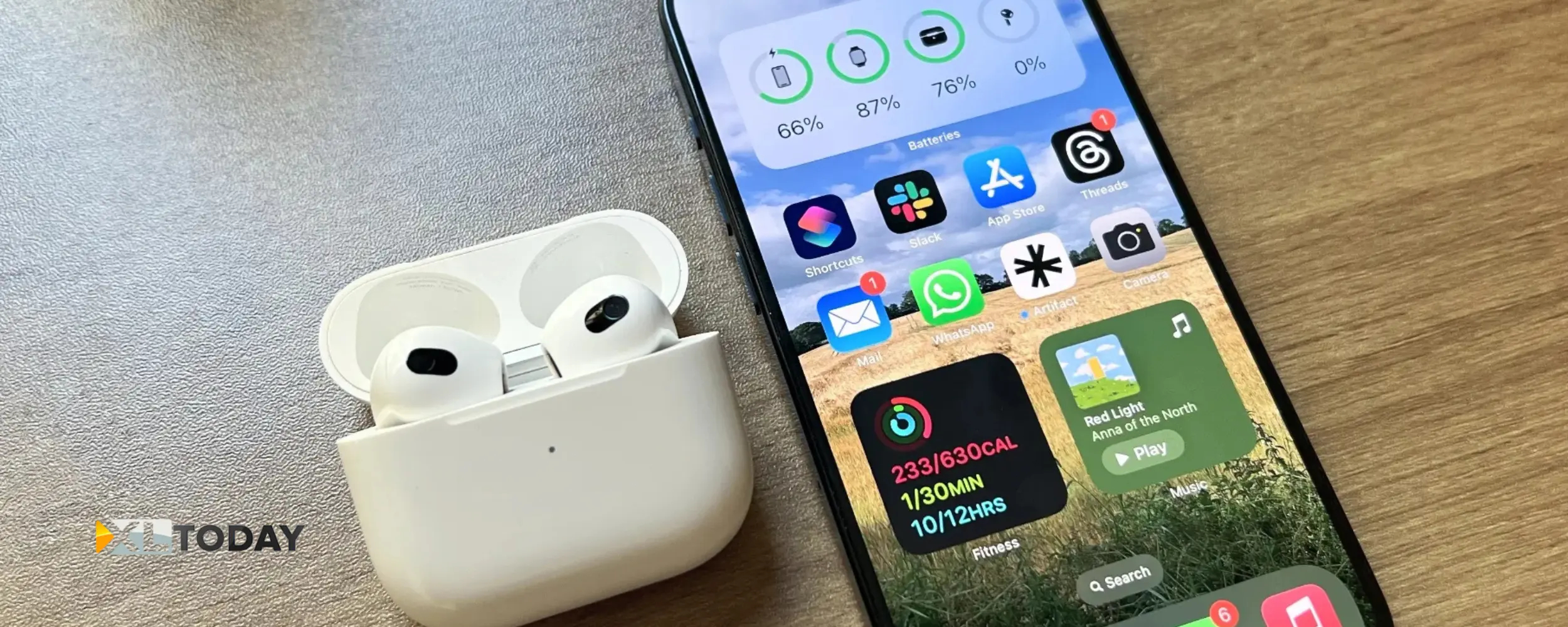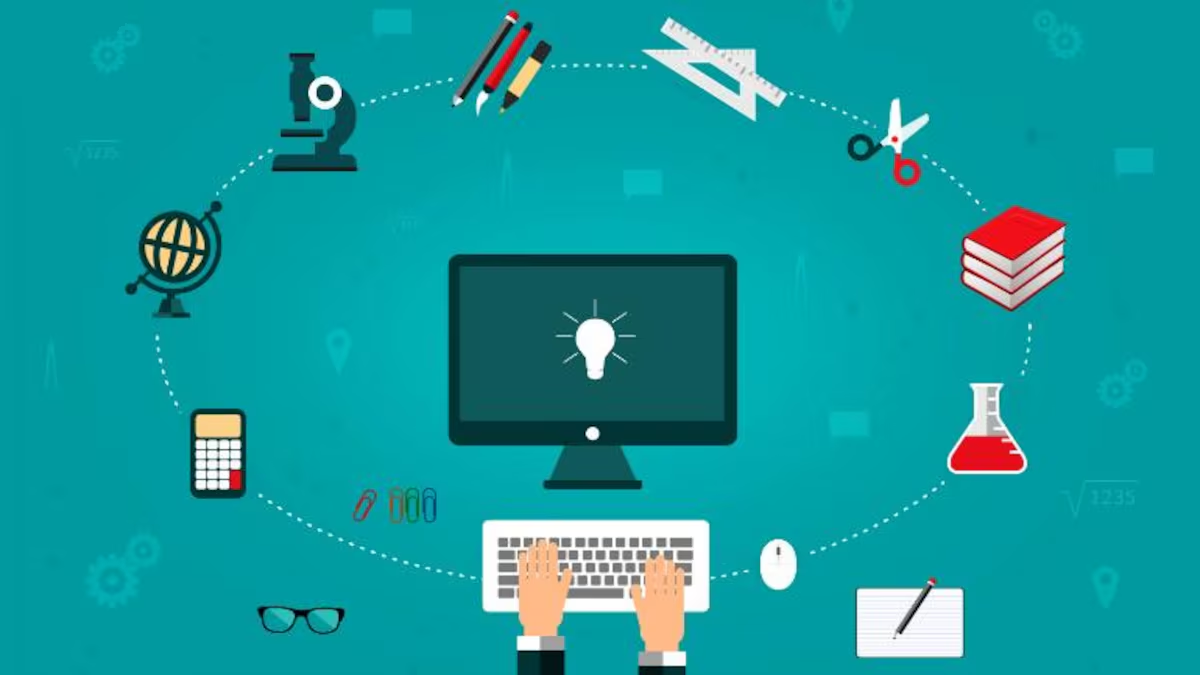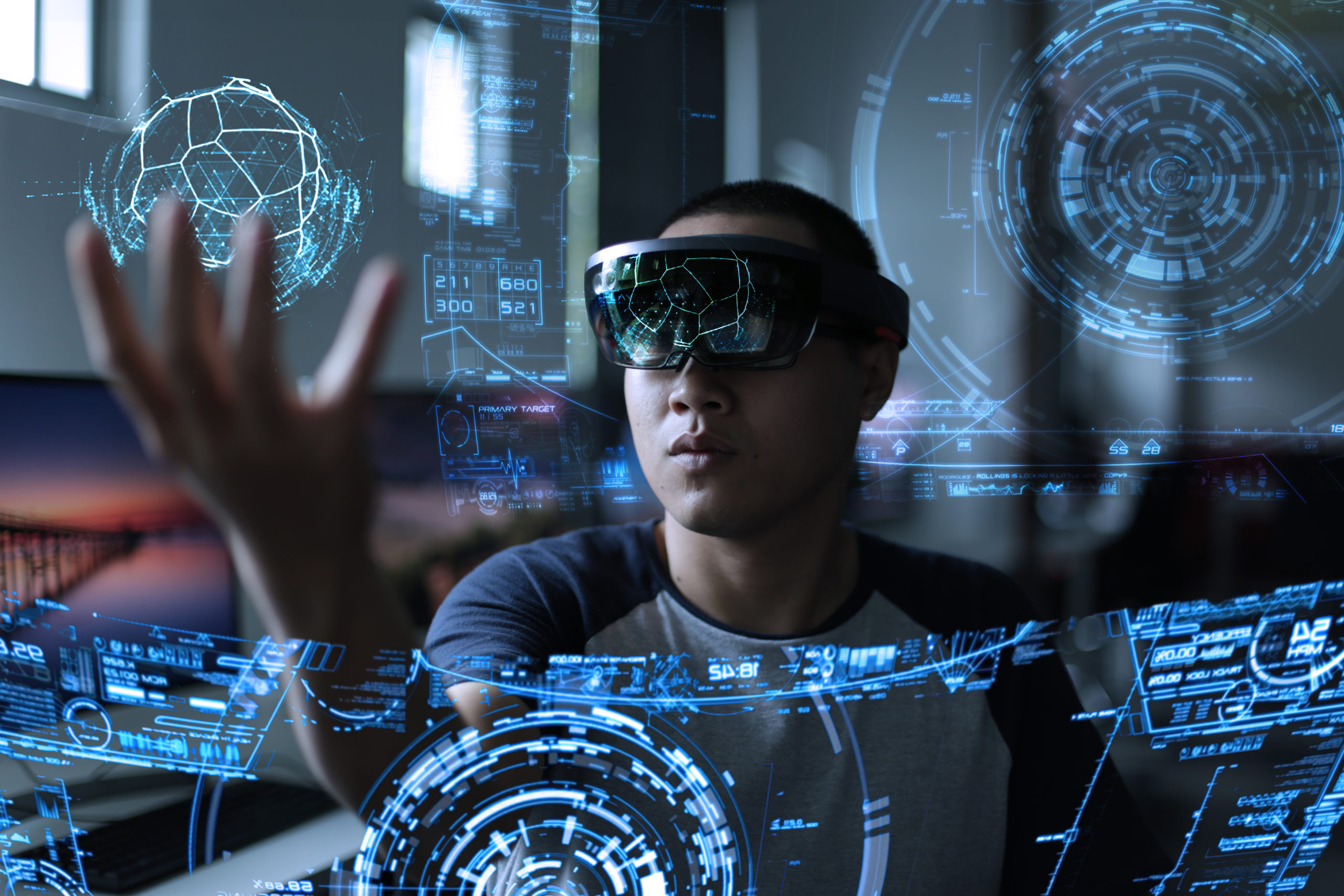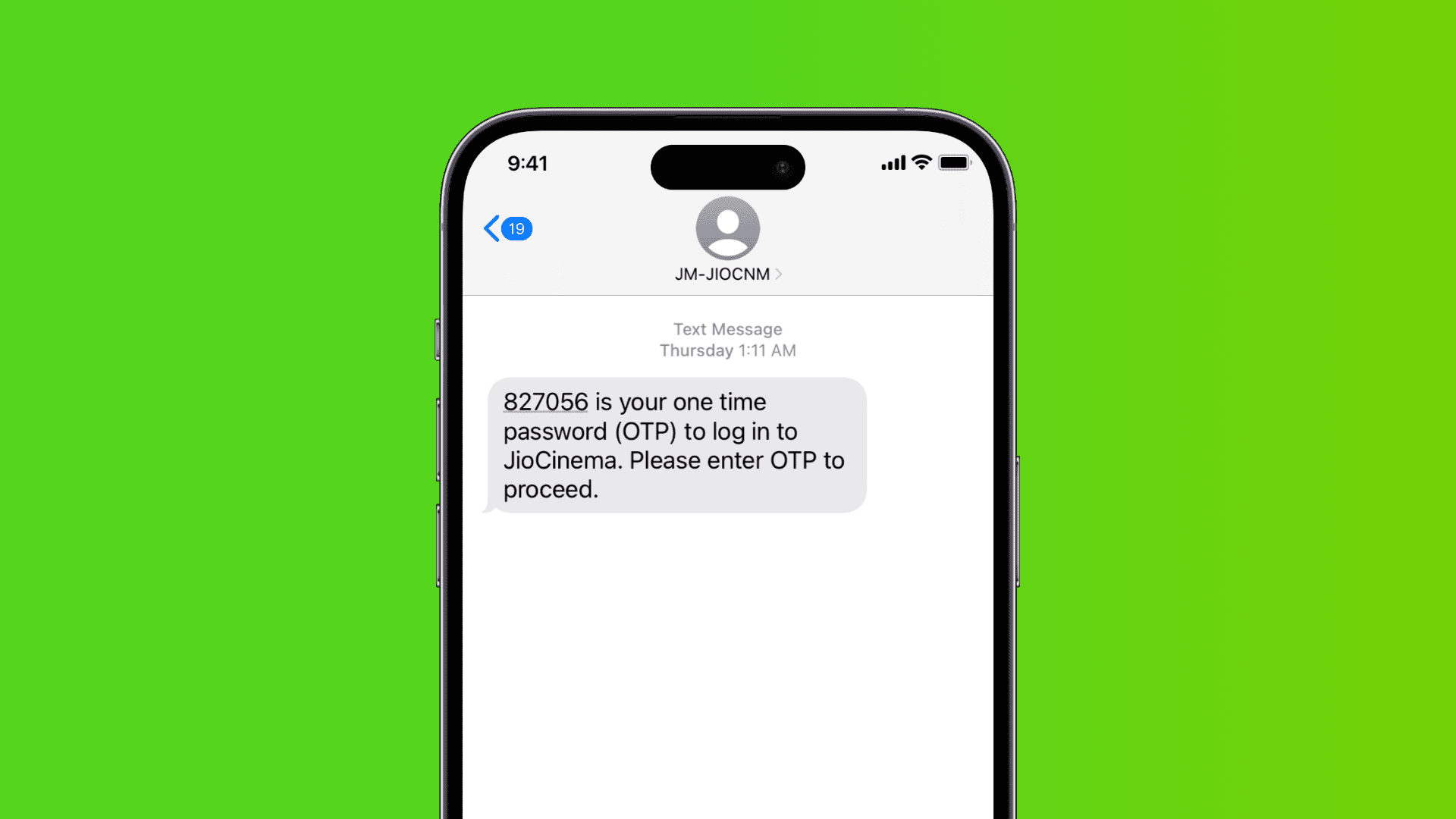
Introduction
The Evolution of Gadgets – Gadgets have become an integral part of our daily lives, evolving rapidly with technological advancements. From smartphones and smartwatches to AI-powered home assistants and foldable laptops, innovation in gadgets continues to redefine how we interact with the digital world. This article explores the latest trends in gadgets, their impact on society, and what the future holds for this ever-evolving industry.
Table of Contents
The Latest Trends in Gadgets
1. The Rise of AI-Powered Devices: Transforming Everyday Life
Artificial Intelligence (AI) has rapidly evolved from a futuristic concept to a practical tool that integrates seamlessly into our daily lives. AI-powered devices are reshaping industries, improving efficiency, and enhancing user experiences in ways that were unimaginable just a decade ago. From smart home assistants to advanced healthcare tools, the impact of AI is becoming more profound with each passing day.
The Evolution of AI-Powered Devices
AI-powered devices have gone through remarkable advancements over the years. Early AI systems were limited to rule-based algorithms, but today, machine learning (ML) and deep learning models enable these devices to adapt, learn, and improve over time. This evolution has led to the development of smart devices that are more intuitive, personalized, and capable of performing complex tasks with minimal human intervention.
Key Milestones in AI Development:
- Early AI (1950s-1980s) – Limited to symbolic reasoning and rule-based systems.
- Machine Learning (1990s-2000s) – The rise of statistical models and neural networks.
- Deep Learning & Big Data (2010s-Present) – AI systems now leverage vast amounts of data to improve accuracy and efficiency.
AI in Everyday Life
AI-powered devices have permeated almost every aspect of modern life. Here are some key areas where AI is making a significant impact:
1. Smart Home Technology
The integration of AI in smart home devices has made everyday tasks more convenient and efficient. Smart assistants like Amazon Alexa, Google Assistant, and Apple’s Siri use natural language processing (NLP) to understand and execute voice commands. AI-enabled security systems, thermostats, and lighting systems allow homeowners to automate and control their living spaces remotely.
Examples of AI-Powered Smart Home Devices:
- Smart Speakers & Assistants – Respond to voice commands and control other smart devices.
- AI Security Cameras – Use facial recognition and motion detection to enhance home security.
- Smart Thermostats – Learn user preferences and adjust temperature settings accordingly.
2. AI in Healthcare
The healthcare sector has seen groundbreaking innovations with AI-driven technologies. From diagnostics to treatment recommendations, AI is revolutionizing patient care and medical research.
Notable AI Applications in Healthcare:
- AI-Based Diagnostics – Algorithms detect diseases such as cancer and Alzheimer’s with high accuracy.
- Wearable Health Devices – Smartwatches and fitness trackers monitor vital signs and predict potential health issues.
- Robotic Surgery – AI-powered robots assist surgeons in performing precise and minimally invasive procedures.
3. AI in Transportation
Autonomous vehicles and AI-powered navigation systems are changing the way people travel. Companies like Tesla, Waymo, and Uber are investing heavily in self-driving technology to make transportation safer and more efficient.
Key AI Applications in Transportation:
- Self-Driving Cars – Use AI to navigate roads, detect obstacles, and make real-time decisions.
- AI Traffic Management – Optimizes traffic flow and reduces congestion using predictive analytics.
- Smart Public Transport – AI-driven scheduling and routing improve efficiency in public transportation systems.
4. AI in Finance
The financial industry has embraced AI to enhance customer experiences, prevent fraud, and automate processes.
AI-Driven Financial Innovations:
- Chatbots & Virtual Assistants – Provide real-time financial advice and customer support.
- Fraud Detection – AI algorithms analyze transaction patterns to identify fraudulent activities.
- Automated Trading – AI-powered bots make high-frequency trades with minimal human intervention.
5. AI in Education
AI-powered tools are transforming education by providing personalized learning experiences and automating administrative tasks.
AI-Powered Educational Tools:
- Adaptive Learning Platforms – Customize lessons based on students’ progress.
- AI Tutors – Provide instant feedback and explanations for complex subjects.
- Automated Grading Systems – Reduce teachers’ workload by grading assignments efficiently.
The Societal Impact of AI-Powered Devices
While AI-powered devices offer numerous benefits, they also raise ethical and societal concerns.
Pros of AI-Powered Devices:
- Enhanced Efficiency – Automates repetitive tasks and improves productivity.
- Better Decision-Making – AI analyzes large datasets to generate insights.
- Increased Convenience – Smart devices simplify daily routines.
Challenges and Ethical Considerations:
- Privacy Concerns – AI devices collect and analyze vast amounts of personal data.
- Job Displacement – Automation may replace certain human jobs.
- Bias in AI Algorithms – AI systems can exhibit biases based on the data they are trained on.
Future Trends in AI-Powered Devices
AI technology is continuously evolving, and several exciting trends are shaping its future.
Predicted AI Innovations:
- More Advanced AI Assistants – Improved contextual understanding and human-like interactions.
- AI in Space Exploration – NASA and private space companies are leveraging AI for deep-space missions.
- AI-Powered Personal Robots – Household robots capable of assisting with chores and caregiving tasks.
- Enhanced Cybersecurity AI – AI-driven security systems that detect and neutralize cyber threats in real-time.
2. Foldable and Dual-Screen Devices: The Future of Mobile Technology
The world of mobile technology is evolving at a rapid pace, and one of the most exciting advancements in recent years is the emergence of foldable and dual-screen devices. These innovative gadgets are redefining how users interact with their smartphones, tablets, and even laptops, offering increased flexibility, enhanced multitasking capabilities, and a futuristic user experience.
This article delves into the latest developments in foldable and dual-screen devices, their impact on everyday life, and what the future holds for this exciting technology.
The Rise of Foldable and Dual-Screen Technology
A Brief History
Foldable and dual-screen devices are not entirely new concepts, but recent technological breakthroughs have made them more practical and accessible. The first significant attempt at a foldable smartphone was the Royole FlexPai, launched in 2018. However, the real momentum began when Samsung introduced the Galaxy Fold in 2019. Since then, other major manufacturers like Huawei, Motorola, Microsoft, and Oppo have joined the foldable race.
Dual-screen devices, on the other hand, have been explored for years. Microsoft’s Surface Duo and LG’s dual-screen smartphones like the LG V60 ThinQ showcased unique ways to improve productivity and entertainment experiences. Despite some challenges, these devices continue to evolve and push the boundaries of mobile technology.
Advantages of Foldable and Dual-Screen Devices
1. Enhanced Multitasking
One of the biggest advantages of these devices is their ability to handle multiple tasks simultaneously. Foldable phones can transform from a compact smartphone into a tablet-sized display, allowing users to run multiple apps side by side. Dual-screen devices, like the Surface Duo, offer seamless multitasking with two independent screens.
2. Improved Gaming and Entertainment
Foldable screens provide an immersive experience for gaming and media consumption. With larger displays and flexible viewing options, users can enjoy a more cinematic experience. Some devices also support styluses, making them ideal for digital artists and content creators.
3. Better Productivity
Professionals can benefit from the increased screen real estate for tasks like document editing, video conferencing, and note-taking. Many foldable and dual-screen devices integrate well with productivity tools, making them excellent choices for business users.
4. Portability and Versatility
Unlike traditional tablets, foldable devices can be compact when not in use, offering both portability and functionality. They eliminate the need to carry multiple devices by merging the benefits of a phone and a tablet into one device.
Challenges and Limitations
While foldable and dual-screen devices offer numerous benefits, they are not without their challenges.
1. Durability Concerns
Early foldable models faced issues related to screen durability and hinge mechanisms. While newer models have significantly improved in this regard, the technology is still relatively fragile compared to traditional smartphones.
2. High Costs
The price of foldable devices remains a significant barrier to widespread adoption. Premium models like the Samsung Galaxy Z Fold series or the Microsoft Surface Duo come with hefty price tags, making them less accessible to the average consumer.
3. App Optimization
Not all apps are designed to take full advantage of foldable or dual-screen technology. Developers need to optimize their applications to ensure a seamless experience across different screen configurations.
Latest Innovations in Foldable and Dual-Screen Technology
Samsung Galaxy Z Fold and Flip Series
Samsung continues to lead the market with its Galaxy Z Fold and Flip series. The latest iterations feature stronger Ultra-Thin Glass (UTG), improved hinge mechanisms, and better multitasking software.
Google Pixel Fold
Google has entered the foldable market with the Pixel Fold, offering a refined Android experience optimized for foldable screens. With Google’s direct involvement, more apps are expected to be optimized for foldable use.
Microsoft Surface Duo 2
Microsoft’s Surface Duo 2 brings better hardware and software refinements, making it a more compelling choice for professionals looking for a dual-screen experience.
Oppo Find N and Vivo X Fold
Chinese manufacturers like Oppo and Vivo are pushing the boundaries with innovative designs and competitive pricing, making foldable devices more appealing to a global audience.
The Future of Foldable and Dual-Screen Devices
Improved Durability
Future iterations of foldable devices will likely feature stronger materials and better hinge designs, addressing durability concerns.
More Affordable Options
As manufacturing processes improve and competition increases, prices are expected to drop, making foldable technology more accessible.
Expanded Use Cases
Beyond smartphones, we may see foldable technology integrated into laptops, smartwatches, and even wearables, expanding its potential applications.
Software Evolution
As foldable and dual-screen devices become mainstream, software developers will prioritize creating apps that fully utilize these unique form factors.
3. Wearable Technology Beyond Fitness Trackers
Smartwatches and fitness trackers have been around for years, but wearable technology is expanding into new territories. Smart glasses, biometric rings, and even AI-driven hearing aids are changing how we interact with technology. Companies like Apple, Meta, and Oura are leading the charge, offering wearables that integrate seamlessly into daily life.
4. Smart Home Innovations
The Internet of Things (IoT) continues to revolutionize home automation. Smart thermostats, security cameras, robotic vacuum cleaners, and intelligent lighting systems provide convenience and security. With the rise of 5G and improved connectivity, smart home ecosystems are becoming more efficient and user-friendly.
5. Sustainable and Eco-Friendly Gadgets
As environmental concerns grow, tech companies are focusing on sustainability. Solar-powered chargers, biodegradable phone cases, and energy-efficient devices are becoming mainstream. Brands like Fairphone and Dell are adopting sustainable practices by using recycled materials and reducing e-waste.
How Gadgets Impact Society
Enhancing Communication and Connectivity
Smartphones, tablets, and wireless devices have made communication seamless. With instant messaging, video calls, and social media, staying connected has never been easier. The evolution of 5G networks has further enhanced connectivity, allowing for faster data transmission and real-time interactions.
Improving Productivity and Efficiency
Gadgets like laptops, tablets, and AI-driven software boost productivity. Businesses rely on cloud computing, video conferencing tools, and automation to streamline operations. Remote work has become more accessible, allowing professionals to work from anywhere with the right tech tools.
Transforming Healthcare
Wearable health devices monitor vital signs, track fitness goals, and even detect early symptoms of diseases. Smart medical gadgets, such as glucose monitors and AI-powered diagnostic tools, enhance patient care and empower individuals to take charge of their health.
Revolutionizing Entertainment
Streaming devices, gaming consoles, and virtual reality (VR) headsets have transformed entertainment. Platforms like Netflix, PlayStation, and Oculus provide immersive experiences that cater to diverse interests. The gaming industry, in particular, has benefited from advancements in graphics, AI, and cloud gaming.
What the Future Holds for Gadgets
1. Augmented Reality (AR) and Virtual Reality (VR)
AR and VR are poised to redefine user experiences. From gaming and education to e-commerce and healthcare, these technologies will create interactive and immersive applications. Companies like Apple, Meta, and Microsoft are investing heavily in AR/VR development.
2. AI-Powered Personal Assistants
Future gadgets will feature more advanced AI-driven assistants capable of understanding emotions, predicting user needs, and automating complex tasks. AI will play a crucial role in enhancing user experience across various devices.
3. Quantum Computing and Superfast Processors
Quantum computing could revolutionize data processing speeds, enabling gadgets to perform complex computations in seconds. While still in its early stages, this technology has the potential to reshape industries ranging from cybersecurity to scientific research.
4. Hyper-Personalization and Adaptive Gadgets
Devices will become more personalized, adapting to individual user preferences. AI and machine learning will enable gadgets to anticipate needs, adjust settings automatically, and offer customized recommendations.
5. Sustainable Tech Innovations
Future gadgets will prioritize sustainability with biodegradable materials, energy-efficient designs, and ethical sourcing. Companies will continue to push for greener technology solutions to reduce environmental impact.
Conclusion
Gadgets have revolutionized the way we live, work, and interact with the world. As technology advances, we can expect even more groundbreaking innovations that will further enhance our daily lives. Whether through AI, AR/VR, or sustainable tech, the future of gadgets promises exciting possibilities that will continue to shape our digital landscape. Staying informed about these trends will help individuals and businesses leverage technology to its fullest potential.
Read Also: 4 Future of Quantum Computing








